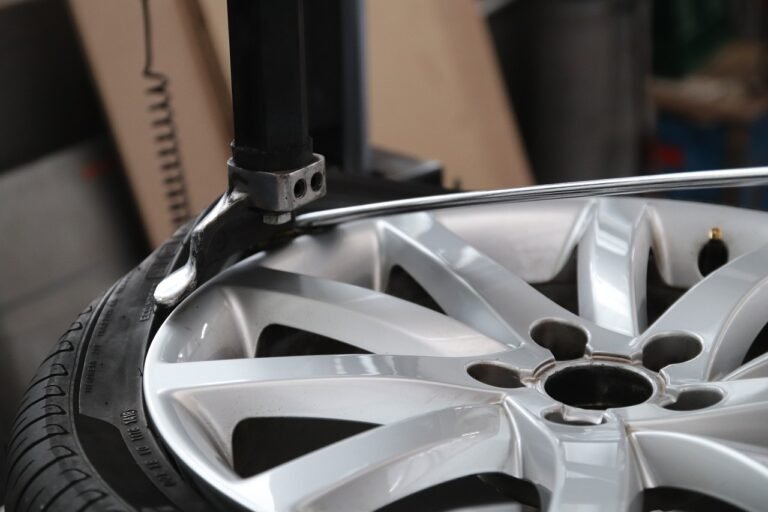A Hall sensor is an electronic device that’s intent is to identify the Hall effect. Named after the American physicist who discovered the science behind it in 1879. His name was Edwin H Hall; however it was another 20 years before his discovery was put into use. Simply put, the Hall effect is the impact a magnetic field has on an electrical current, a Hall sensor picks up this change, or bend in the current to detect proximity, displacement, speed, and they can be used to measure the strength of the current.
Main features
The main features of a Hall sensor are their size, cost, reliability, and their ability to measure:
- Proximity – measures how close an object is. Could be used in an alarm system that sounds when a door is opened.
- Displacement – measures the distance between a sensor and an item by identifying the amount of displacement. They are used in medical equipment such as an MRI.
- Speed – measures how fast a component is rotating. Such as for a speedometer, anemometers, or exercise bike.
- Current measurement – measures the amount of magnetism between the sensor and the magnet. Used to monitor the fuel level in your car.
It is a non-contact device, meaning the components don’t have to be touching for it to work, unlike the Reed sensor which needs contact to register proximity.
Different types
There are two types of Hall sensors on the market. They are the:
- Bipolar sensors – these ones need two magnetic fields (South pole and North pole) to operate them. One to activate and the other deactivates.
- Unipolar sensor – only needs the South pole magnetic field to work.
Depending on what your purpose for the hall sensor which type will work best.
Digital v linear outputs
The Hall sensors come with 2 output options, either digital or linear (analogue).
- Digital outputs – Hall sensors with a digital output have a continuous signal that increases and lessens depending on the proximity of the magnet.
- Linear (analogue) outputs – these have a switch that can be activated at specific points of the current’s strength. This allows different actions to occur during the process.
Again, it will depend on what the hall sensor is to be used for, as to which output you will need.
Quality
Understanding which Hall sensor is right for your project can be a daunting process. That’s why you need to get professional advice from a reputable dealer. There are top brands and there are brands better left alone, so get help and buy quality sensors.
Whatever your business is – automotive, medicine, baking, or security, then Hall sensors are likely to be in the equipment and tools you use or sell. When your business relies on you using the right hall sensor then make sure you get quality advice, professional service, and you use a reputable dealer.







